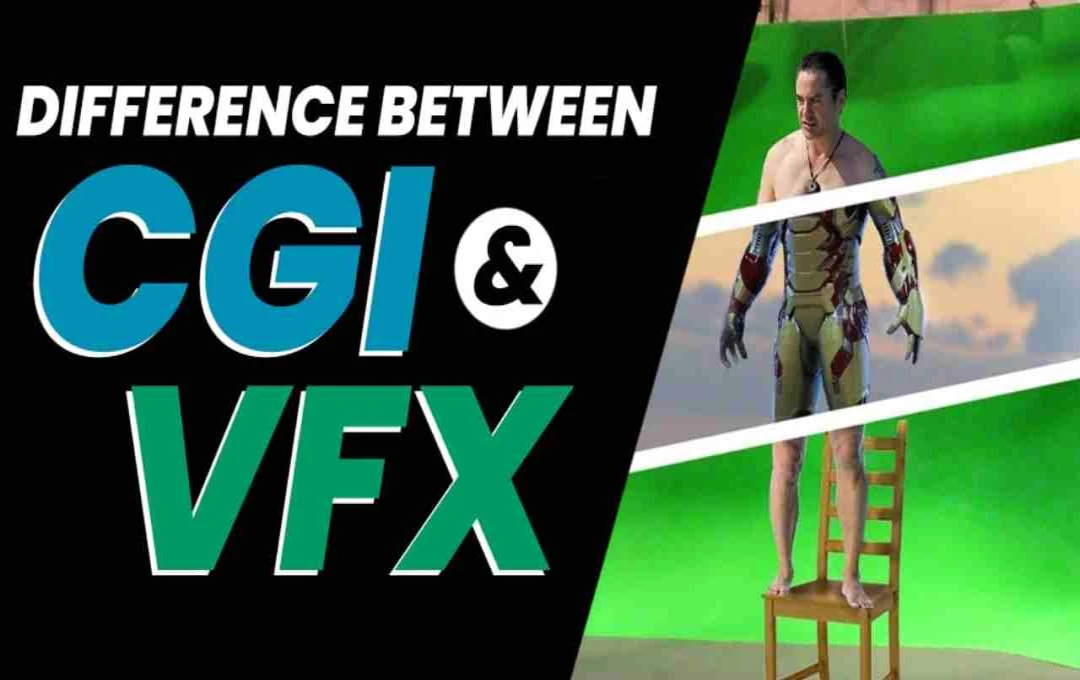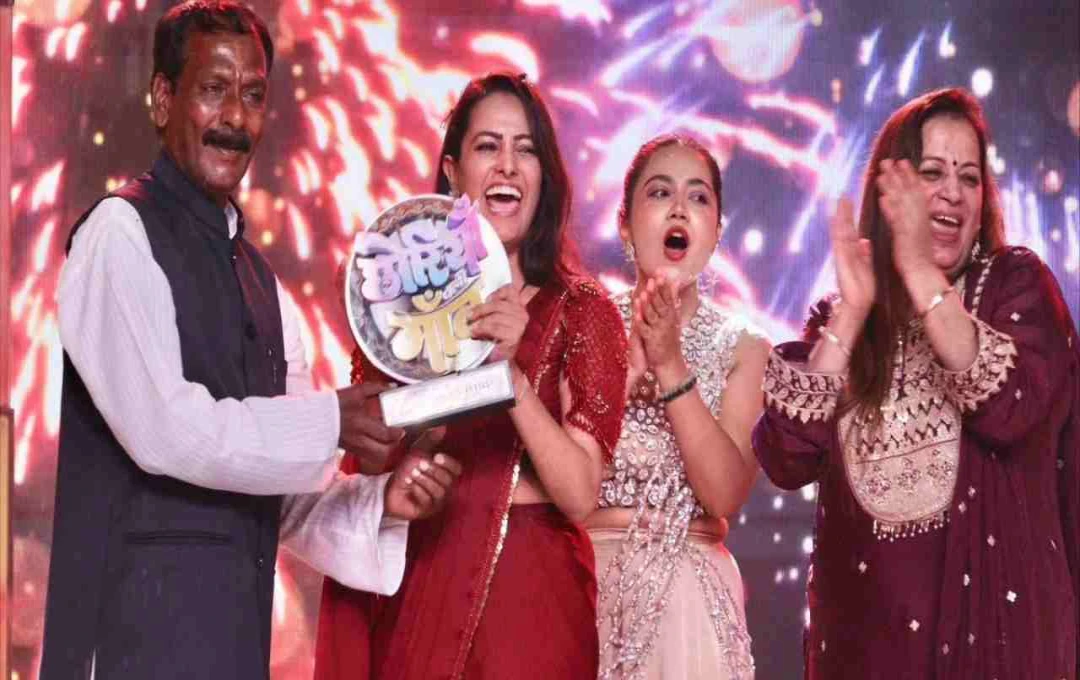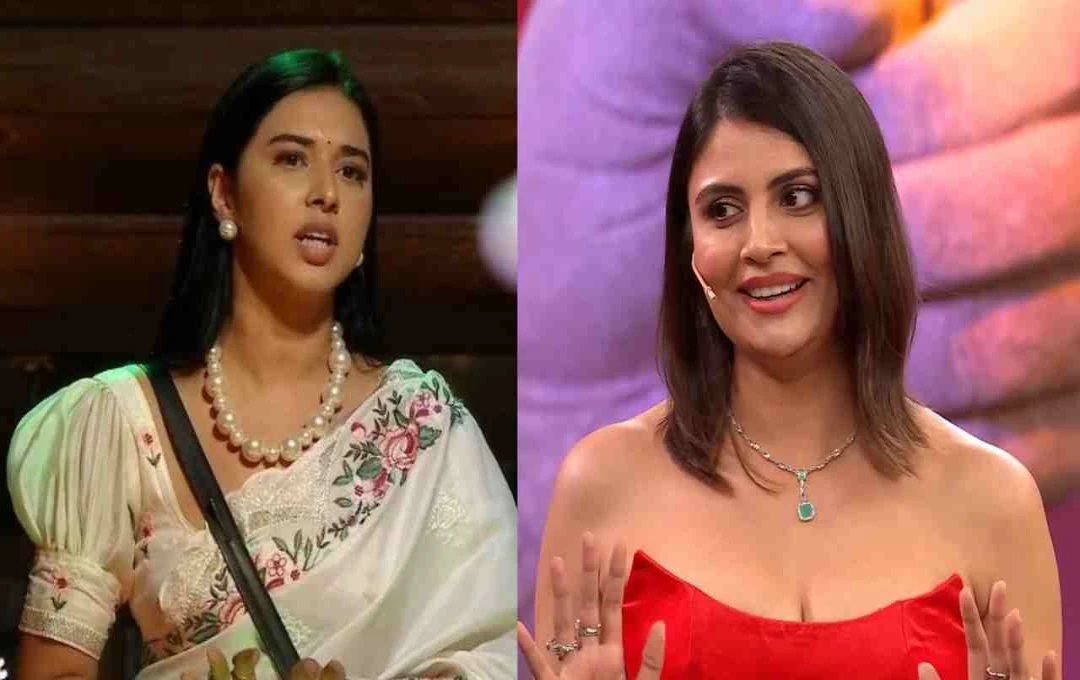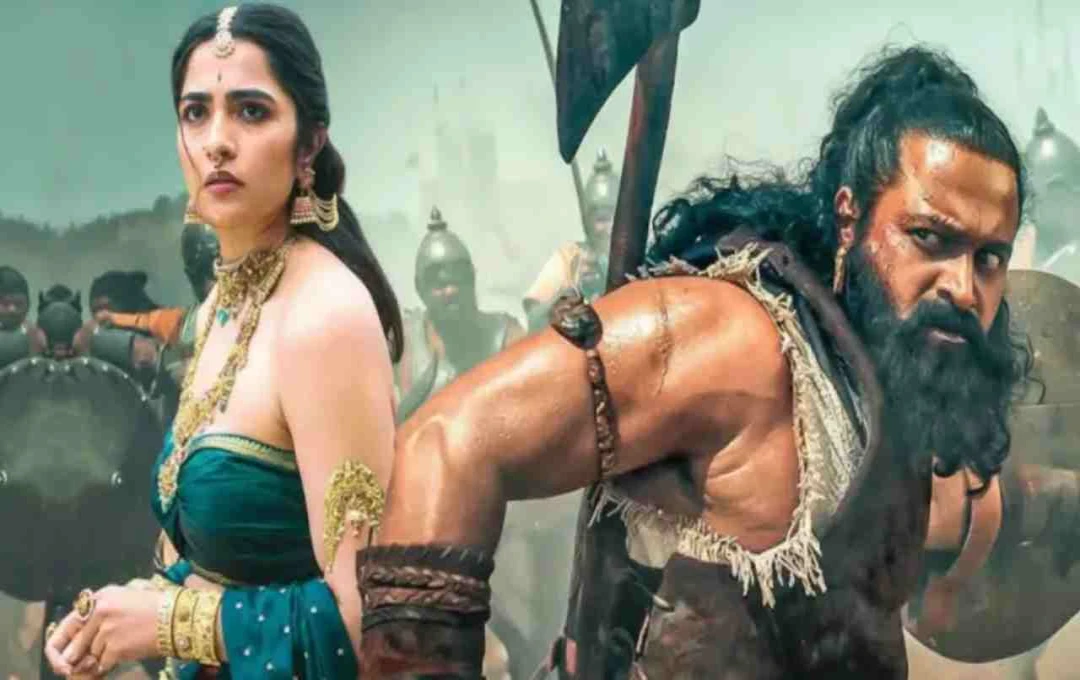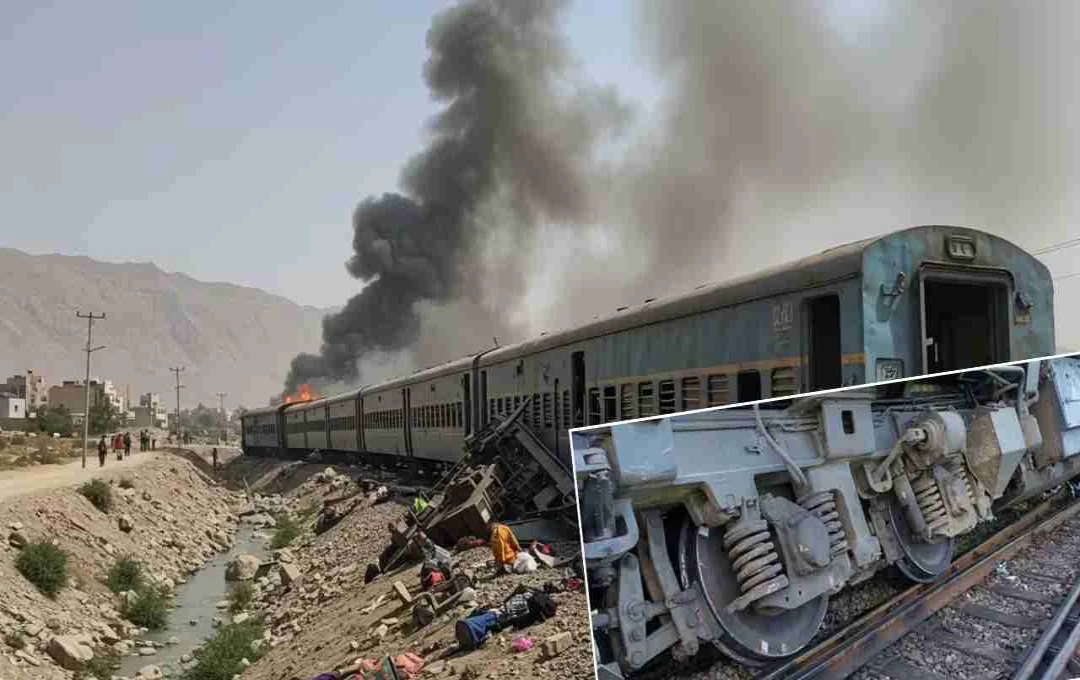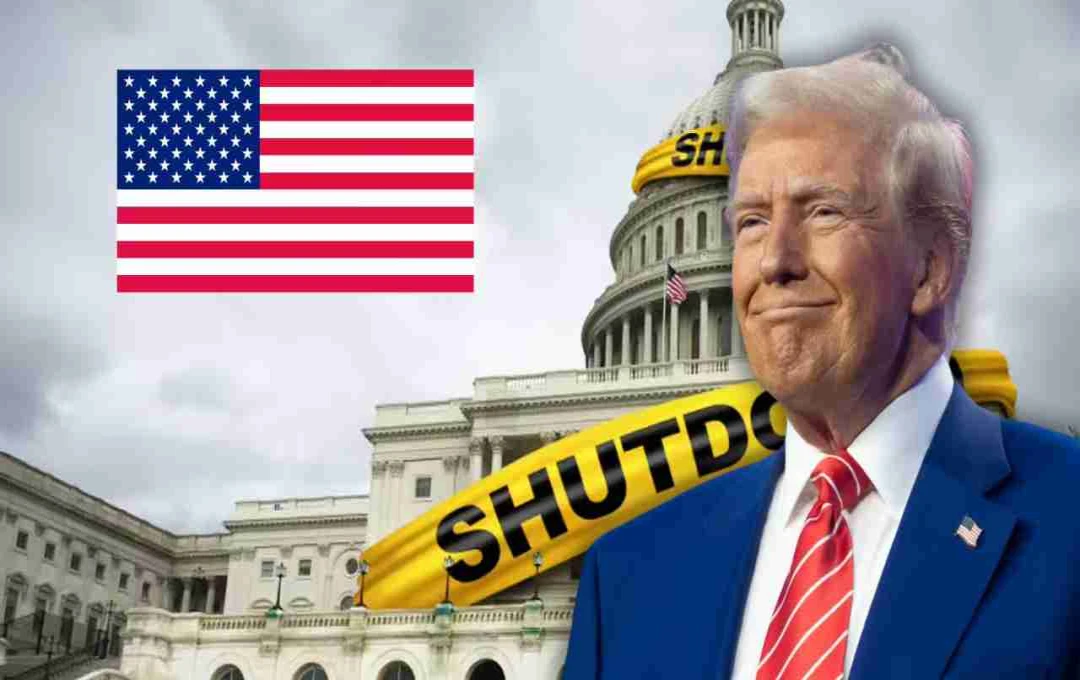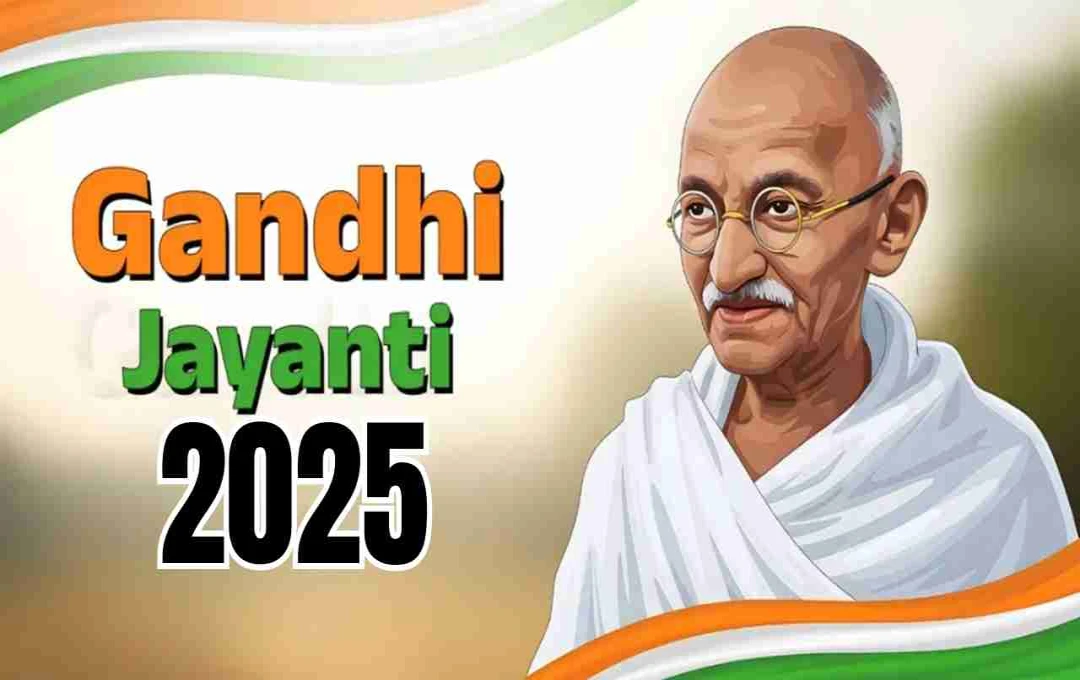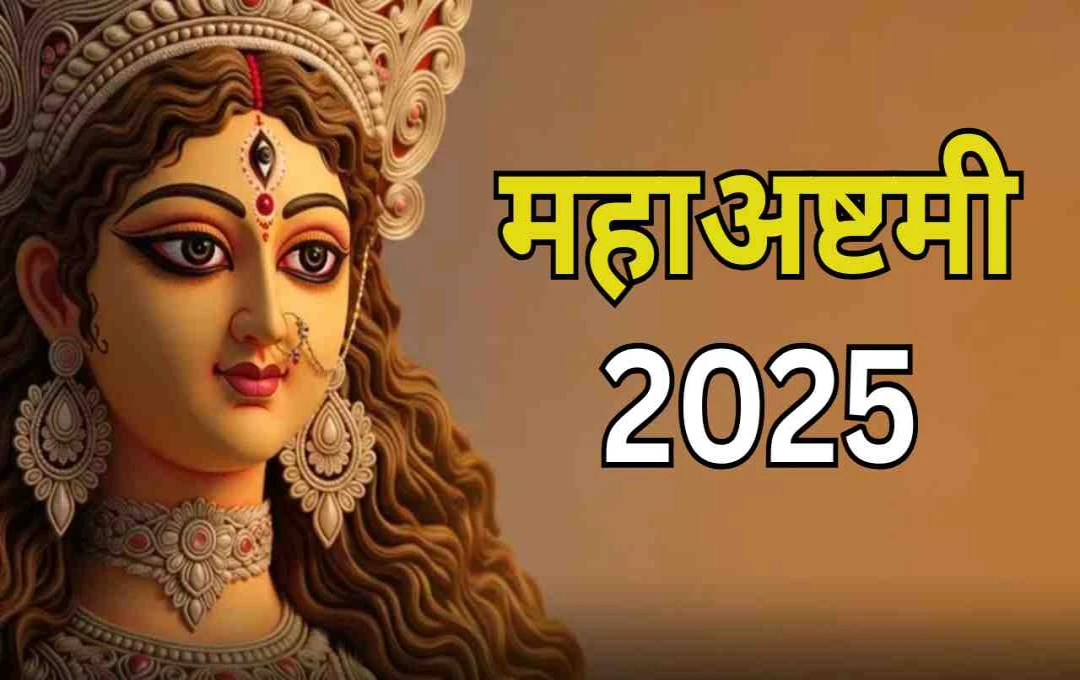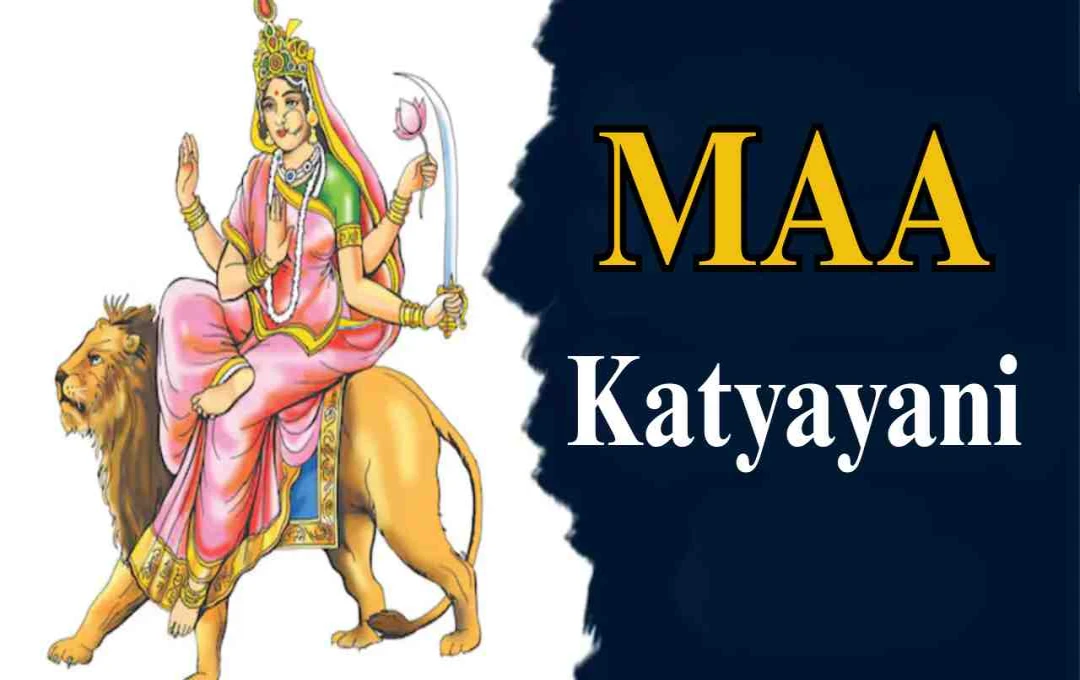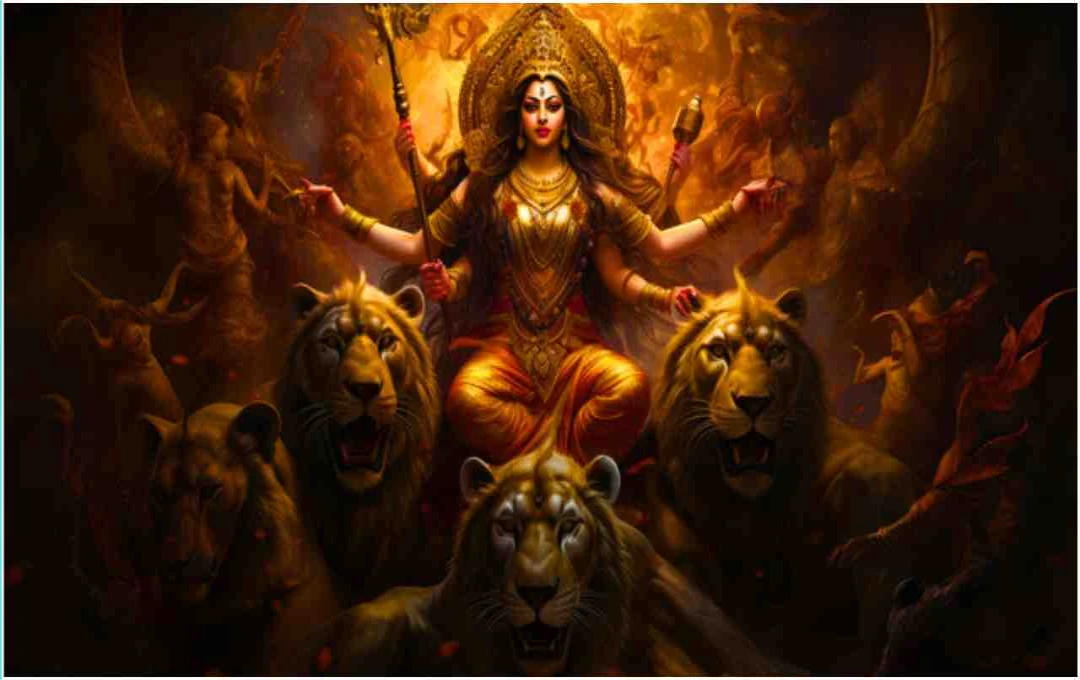Who doesn't love watching movies? From superheroes battling towering mountains to cars leaping from the 50th floor, dragons soaring in the sky, or heroes crossing rivers of fire, these scenes fill us with excitement. But have you ever wondered how these amazing scenes are actually shown?
Difference Between CGI And VFX: In the world of cinema, you've often seen superheroes flying, battling monsters, or demolishing buildings. Watching such amazing things often raises the question in people's minds: were these scenes actually shot? The answer is no. In reality, the magic that brings these scenes to life on screen is the technique of VFX (Visual Effects) and CGI (Computer Generated Imagery).
Many people believe that VFX and CGI are the same thing, but the truth is that there is a fundamental difference between the two. In simple terms, you can consider CGI as a part of VFX, but both have their own definitions and methods of use. Let's understand this with examples from everyday language.
What is CGI?
CGI stands for Computer Generated Imagery. That is, any image, animation, or graphic created with the help of a computer that does not exist in the real world. For example, giant monsters, flying dragons, or a unique palace. Suppose there is a film that needs to show a 100-foot-long snake. It is not possible to actually catch such a snake, nor can it be shot on camera. In such a case, the design of the snake is created in the computer by combining the actors' performances - this is called CGI.
A great example is the film Baahubali. The palaces, battlegrounds, giant elephants, or waterfalls seen in it were all the result of CGI. Those places or creatures did not actually exist anywhere, but computer technology brought them to life.
What is VFX?
VFX stands for Visual Effects. It is the process of adding special effects by combining scenes filmed in the real world with computer graphics, CGI, 3D modeling, and other techniques. In simple language, VFX is a method in which real shooting (live action) is combined with computer imagery and effects to create a new scene. For example, a hero is actually jumping, but with the help of VFX, he is shown jumping into fire, or shown releasing electricity with superpowers.
Take the example of the film Brahmastra. When Ranbir Kapoor controls fire by spreading his hands, his hands were actually empty, but VFX added the effect of burning fire to his hands. This is why the audience finds that scene very real.
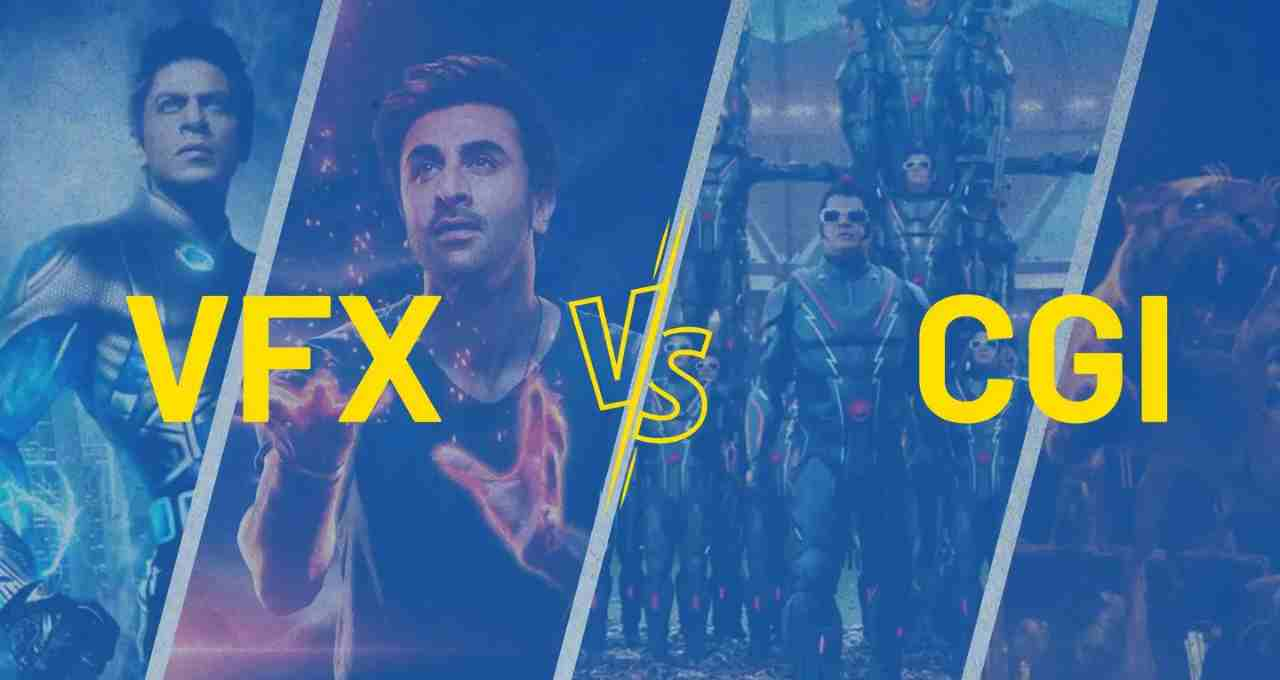
Major Difference Between CGI and VFX
CGI
- Imagery entirely created by computer
- Any character, animal, place that is not real
- Like the palace in Baahubali, animated monsters
VFX
- Combination of real shoot + computer graphics
- Adding effects to the shot video
- Like Ranbir Kapoor's fire power scenes (Brahmastra)
- In other words, if we say in simple words, CGI is a digital creation, while VFX is a combination of digital and real shoots.
How is it used in the film industry?
Nowadays, VFX and CGI are used in almost every big film. In the early days, makeup, stunts, and small camera tricks used to work, but now technology is so advanced that things that seem difficult even in human imagination can also be realized on screen.
- In pre-production, the script and storyboard are created first to decide which scene will have VFX or CGI.
- During production, i.e., shooting, the necessary footage is recorded with the help of green screens, motion capture suits, and special cameras.
- In post-production, VFX artists and CGI experts add digital effects to that raw footage.
- This entire process takes thousands of hours of hard work and a large budget. But this is why the audience, even while sitting in the cinema hall, thinks - was this real?
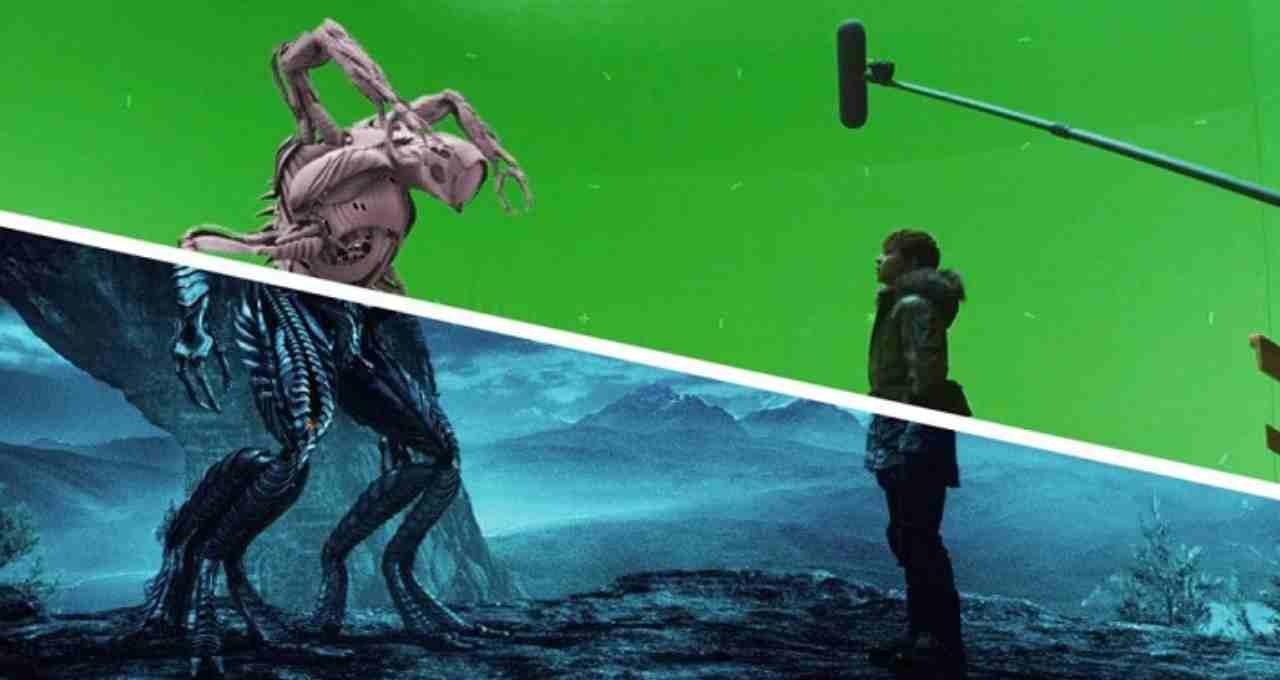
Why are VFX and CGI necessary?
The use of these technologies has become necessary to make films more attractive, imaginative, and competitive at a global level.
- In superhero films
- In science fiction and fantasy stories
- In period dramas and historical depictions
- In animal sequences or natural disaster scenes
Their role is increasing everywhere.
